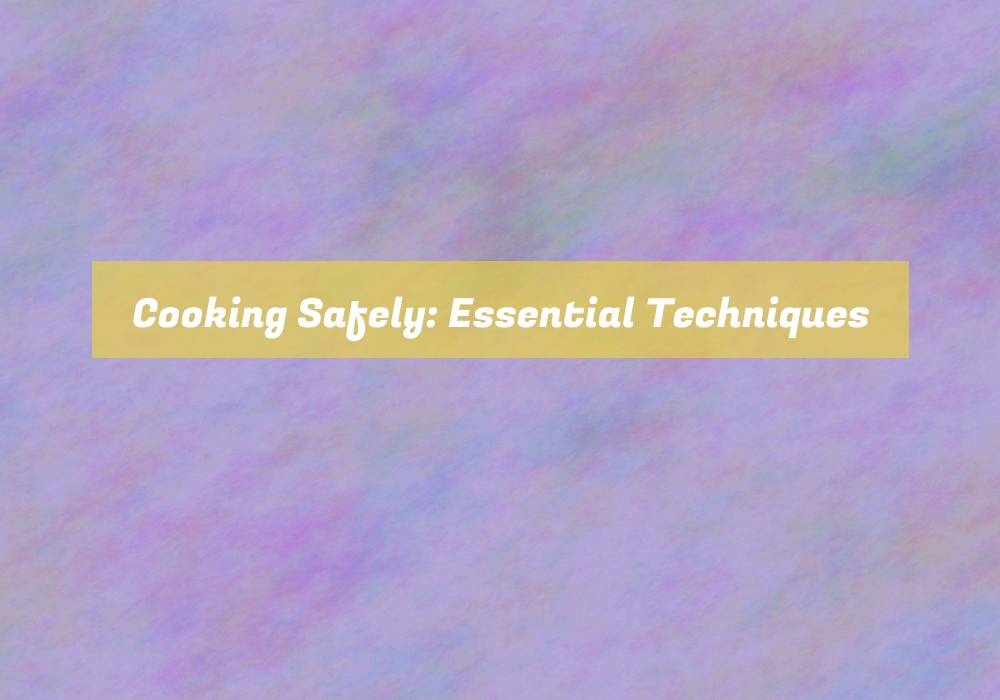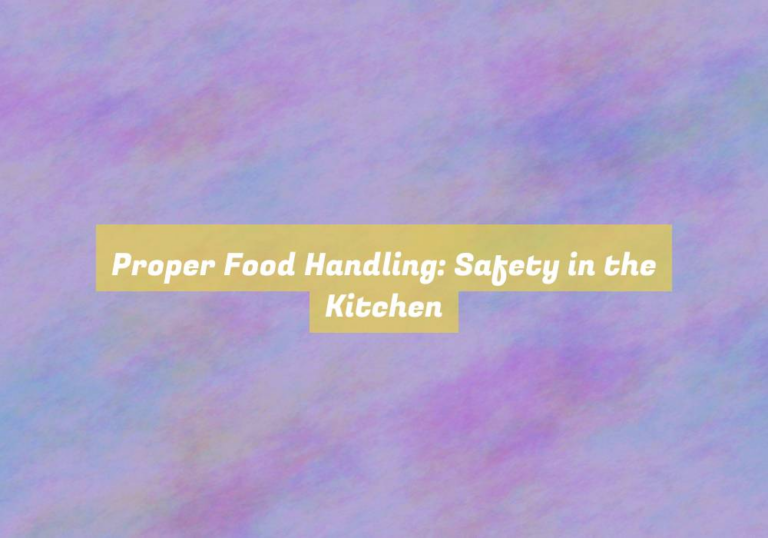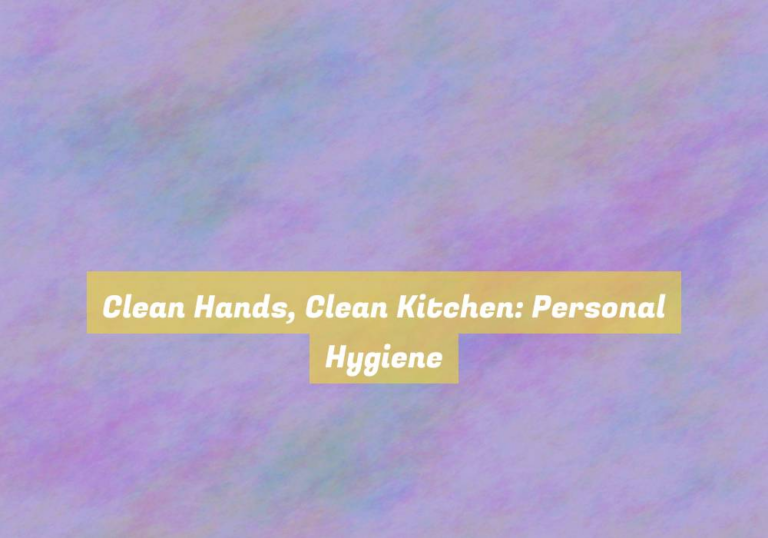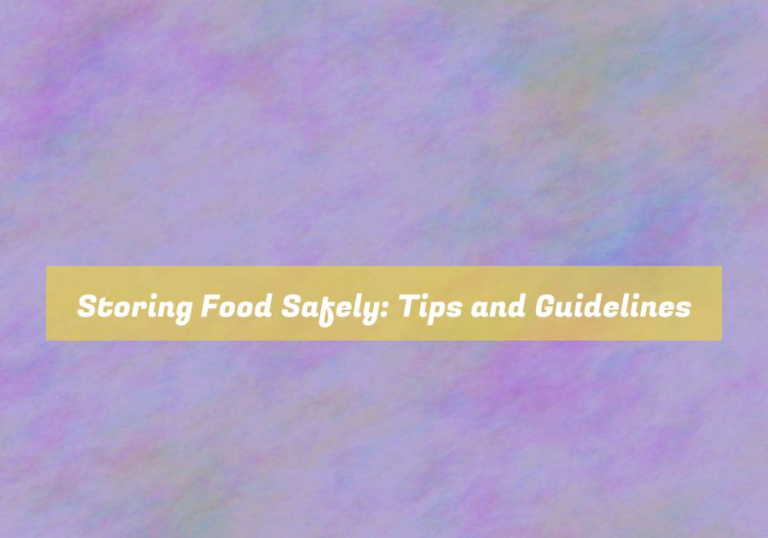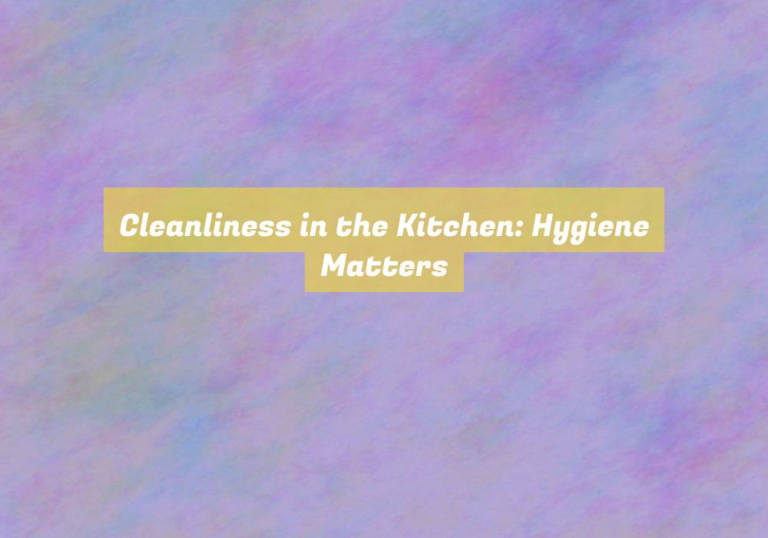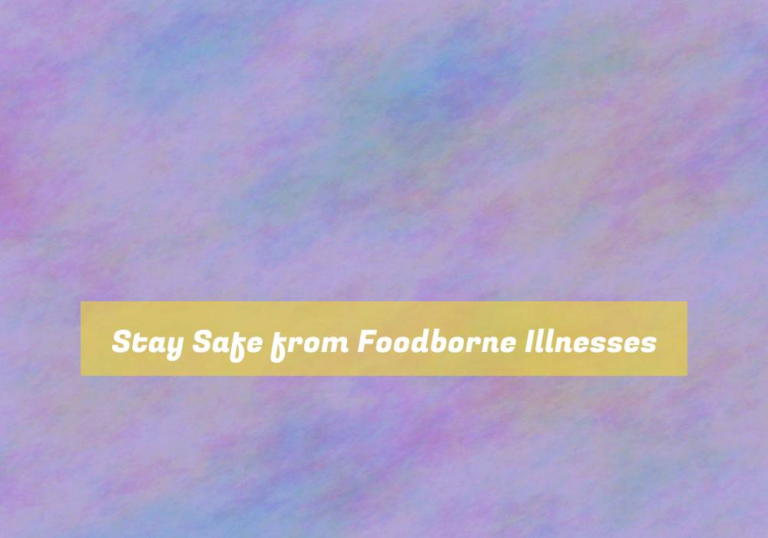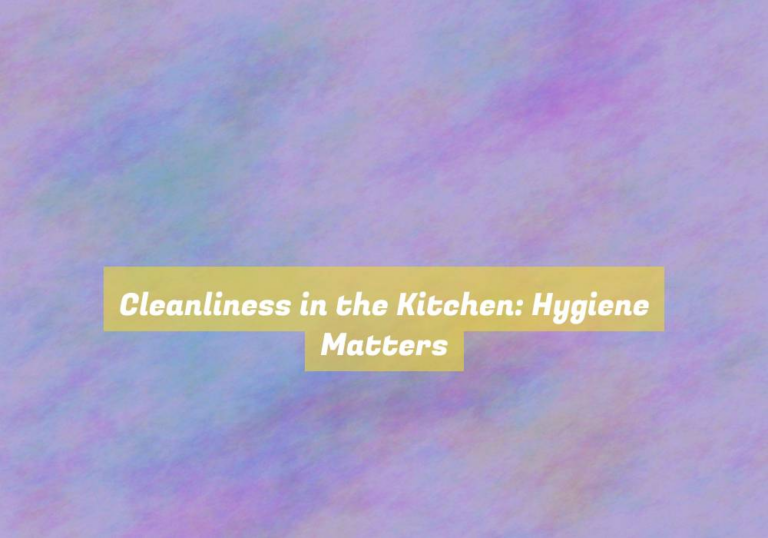Cooking Safely: Essential Techniques
So, youG??ve finally mastered the art of setting off your smoke alarm every time you try to cook something more complicated than toast. ItG??s time to brush up on your cooking safety skills and learn some essential techniques that will not only keep you from burning down the kitchen but also protect you from any culinary mishaps.
From proper knife handling to fire and stove safety, there are a few key skills you need to master to ensure that your time in the kitchen is not only delicious but also safe.
But what are these essential techniques, and how can they make your cooking experience safer and more enjoyable?
Knife Safety
To ensure safe handling, always keep your kitchen knives sharp and store them in a designated knife block or rack.
Dull knives require more force to cut, increasing the risk of slips and accidents.
When using knives, make sure to curl your fingers under and use a claw-like grip to hold the food securely. This reduces the risk of accidentally cutting yourself.
Always use a cutting board to protect your countertops and to provide a stable surface for cutting. When cutting, use a smooth and controlled motion, keeping the knife tip in contact with the cutting board. Avoid cutting towards yourself or your fingers.
After use, wash your knives carefully by hand, as putting them in the dishwasher can cause them to dull or become damaged.
Store your knives in a safe place, such as a knife block or magnetic rack, to prevent accidents and keep them out of reach of children.
Fire and Stove Safety
Make sure to regularly clean the stovetop and remove any grease buildup to prevent potential fires. Grease and food residue can easily catch fire, so itG??s essential to keep the stovetop clean.
When cooking, use the back burners whenever possible to prevent accidental bumping of pots and pans. Always turn pot handles inward to avoid knocking them over.
When using gas stoves, ensure the burners ignite promptly and adjust the flame to the appropriate level for your cooking needs. Never leave the stove unattended while itG??s in use, especially when frying or broiling.
Keep flammable items like kitchen towels, paper towels, and plastic utensils away from the stove to prevent them from catching fire.
In the event of a small stovetop fire, keep a lid nearby to smother the flames, and never use water to extinguish a grease fire. If a fire does occur, use a fire extinguisher rated for grease fires or call emergency services immediately.
Food Handling Hygiene
Regularly washing your hands and surfaces is crucial for maintaining food handling hygiene in the kitchen. Always wash your hands with warm, soapy water before and after handling food, especially after touching raw meat, poultry, fish, or eggs. Use separate cutting boards for raw meats and ready-to-eat foods to prevent cross-contamination. Ensure that all surfaces, utensils, and equipment are cleaned and sanitized before and after use. This helps to eliminate harmful bacteria and prevents foodborne illnesses.
When handling food, itG??s important to keep perishable items refrigerated at or below 40-?F (4-?C) to slow down the growth of bacteria. Thaw frozen foods safely by placing them in the refrigerator, under cold running water, or in the microwave, and never thaw them at room temperature. Additionally, store food in airtight containers to prevent cross-contamination and protect it from harmful bacteria.
Lastly, remember to discard any food that has passed its expiration date or has been left out at room temperature for more than two hours. By following these food handling hygiene practices, you can ensure the safety of the food you prepare and reduce the risk of foodborne illnesses in your kitchen.
Emergency Preparedness
In case of emergencies, always have a fire extinguisher and a first aid kit readily accessible in your kitchen. These items are vital for ensuring your safety and the safety of others in the event of a cooking-related accident. Familiarize yourself with the operation of the fire extinguisher and ensure itG??s regularly serviced and not expired. Place it in an easily accessible and visible location, away from the stove but within reach in case of a fire.
Your first aid kit should be well-stocked with essential items such as bandages, gauze, antiseptic wipes, and burn ointment. In addition to these supplies, consider including emergency contact information and a basic first aid manual.
ItG??s also crucial to have a plan in place for various emergency scenarios. Make sure all household members are aware of evacuation routes, meeting points, and emergency contact numbers. Practice fire drills and ensure everyone knows how to respond in the event of a fire.
Lastly, keep important emergency numbers, such as the fire department, poison control, and medical facilities, posted in a visible spot in the kitchen. Being prepared can make a significant difference in the outcome of an emergency situation.
Conclusion
So remember, when cooking, always prioritize safety. Use sharp knives carefully, keep an eye on the stove, wash your hands and surfaces frequently, and be prepared for any emergencies that may arise.
By following these essential techniques, you can ensure that your cooking experience isnG??t only delicious but also safe for you and your loved ones.
Happy cooking!

